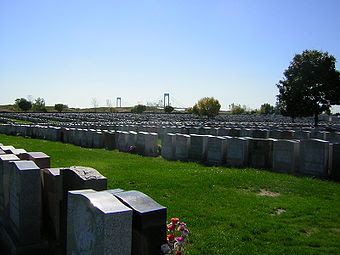Super Bowl Wager Provokes Art-Museum Trash Talk
It’s not only mayors and inveterate gamblers who place bets on the Super Bowl — art museums do, too. The New Orleans Times-Picayune reported that the New Orleans Museum of Art and the Indianapolis Museum of Art have placed a friendly wager on the outcome of the big game on Feb. 7: if the New Orleans Saints win, the Indianapolis museum will send “The Fifth Plague of Egypt” — that is, the landscape from its collection painted by J.M.W. Turner in 1800 — to the New Orleans museum, which gets to hang it for three months. If the Indianapolis Colts prevail, the New Orleans institution will send the painting “Ideal View of Tivoli,” a 1644 work by Claude Lorrain, to Indianapolis for three months. The Times-Picayune said the bet was instigated by Tyler Green, who writes the Modern Art Notes blog for artsjournal.com, and who helped egg on some tongue-in-cheek trash talk between the museums’ directors. When John Bullard, the New Orleans museum director, offered to wager a valuable Renoir, his Indianapolis counterpart, Maxwell Anderson, dismissed it as a “sentimental blancmange”; Mr. Bullard replied: “I am amused that Renoir is too sweet for Indianapolis. Does this mean that those Indiana corn farmers have simpler tastes?”











